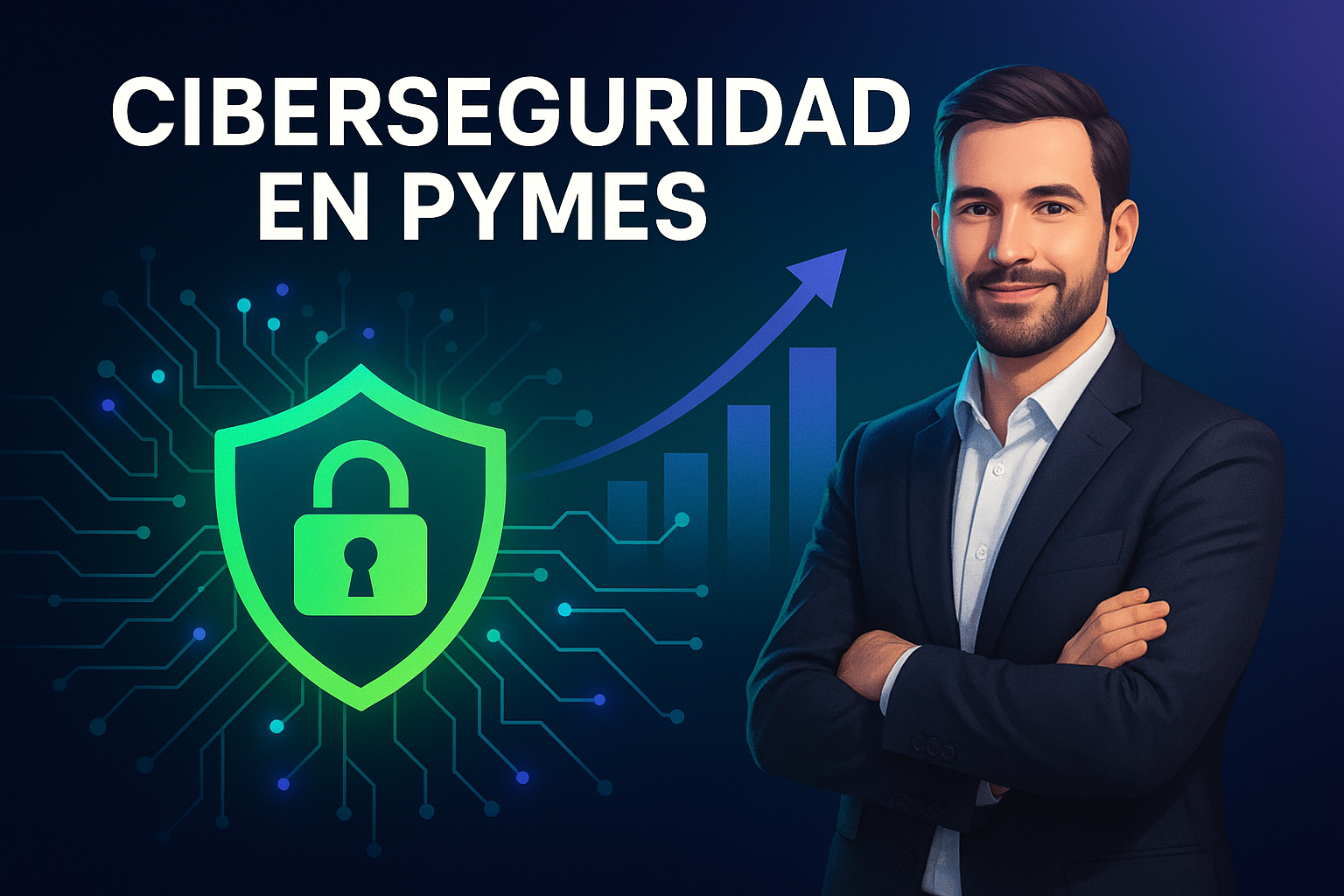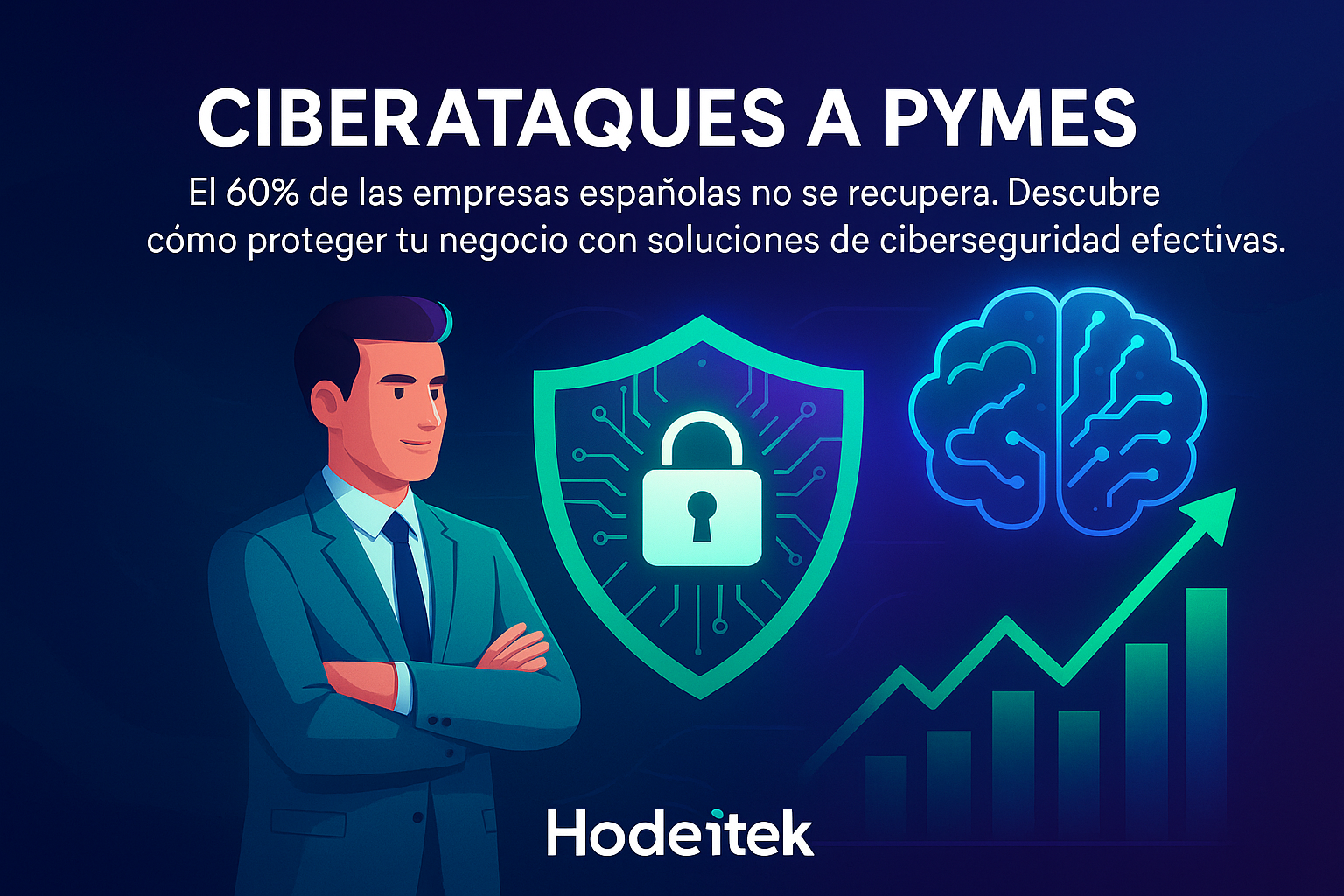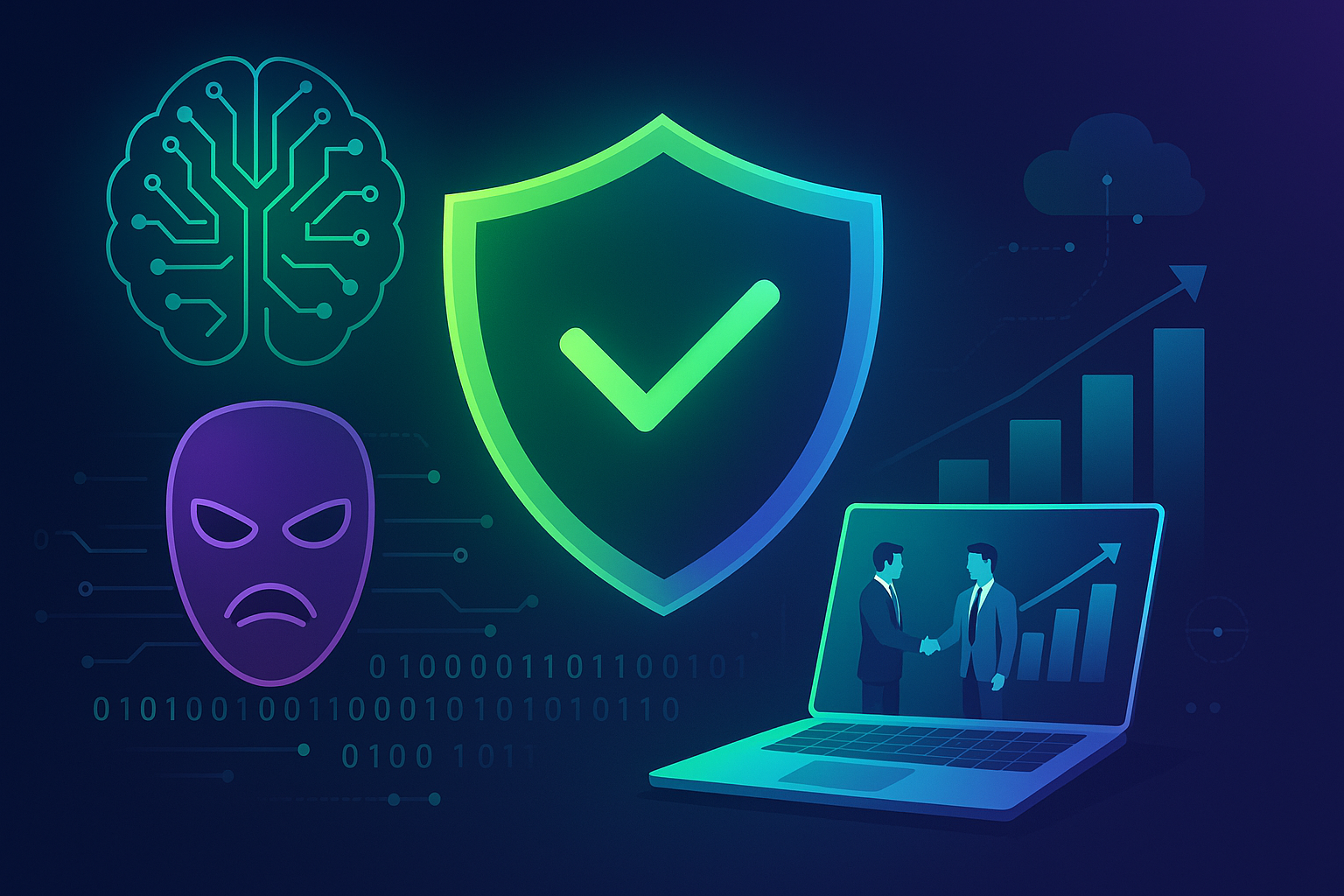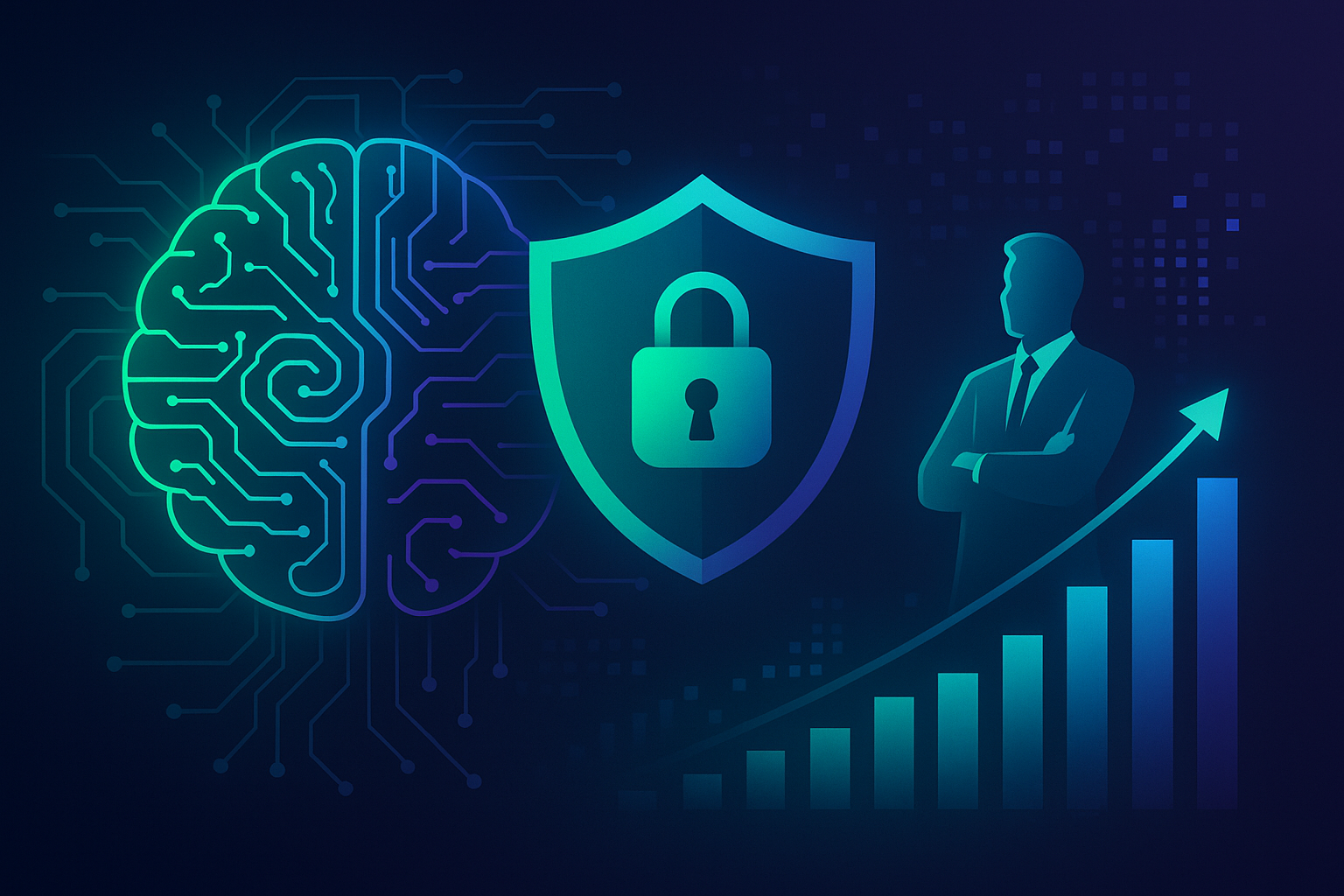Ransomware Continues to Wreak Havoc: 43% of Affected Data Remains Unrecoverable
The modern threat landscape in cybersecurity presents numerous challenges, with ransomware attacks remaining one of the most significant threats to businesses across Spain and the European Union. Recent reports reveal that victims of ransomware struggles recover 43% of their compromised data, raising critical concerns for organizations.
The Growing Threat of Ransomware
Ransomware attacks have surged in frequency and sophistication over recent years, making them a top concern for cybersecurity professionals. The nature of these attacks involves malicious software that encrypts a victim’s data, rendering it inaccessible until a ransom is paid. However, even after payment, data recovery is not guaranteed.
Statistics Highlighting the Severity
According to a report by cybersecurity experts referenced in Cybersecurity News, a startling 43% of data affected by ransomware attacks is never recovered. This statistic underscores the persistent gap in effective ransomware mitigation and recovery strategies.
Impact on Organizations in Spain and the EU
For businesses operating within Spain and the broader European Union, the impact of ransomware can be particularly devastating. Apart from the immediate financial loss associated with ransom payments, there are long-term consequences such as loss of critical data, reputation damage, and potential legal repercussions stemming from data protection regulations like the GDPR.
Financial Repercussions
The financial impact of ransomware extends beyond the ransom payment itself. Organizations often face downtime, which can halt operations and result in significant revenue loss. Additionally, the costs associated with incident response, data recovery, and strengthening security measures post-attack can be substantial.
Strategies for Mitigating Ransomware Risk
Effective defense against ransomware requires a multi-faceted approach that includes both preventative measures and response strategies. Key steps include:
Regular Backups
Maintaining regular, secure backups of critical data can mitigate the impact of ransomware. Ensuring that these backups are disconnected from the main network reduces the risk of them being compromised during an attack.
Advanced Threat Detection
Deploying advanced threat detection systems can help identify and neutralize ransomware threats before they infiltrate the network. These systems include AI-driven tools that analyze network behavior for anomalies indicative of an attack.
Employee Training
Human error remains a significant vulnerability in cybersecurity. Regular training programs for employees on recognizing phishing attempts and other social engineering tactics can significantly reduce the risk of ransomware infections.
How Hodeitek Can Help
At Hodeitek, we offer comprehensive cybersecurity services designed to protect your organization from ransomware and other cyber threats. Our solutions include proactive threat detection, incident response, and robust data backup and recovery strategies. Visit our services page to learn more about how we can support your business.
Conclusion
Ransomware continues to pose a severe risk to organizations, especially within Spain and the EU. With a significant portion of affected data remaining unrecoverable, it is critical for businesses to invest in strong cybersecurity measures. By partnering with experienced cybersecurity providers like Hodeitek, organizations can better protect their data, minimize the impact of ransomware attacks, and navigate the complex landscape of modern cyber threats.
For more information on how we can help your organization combat ransomware, contact us today.






